AMD plans to update its range of desktop processors by offering a new line of hybrid chips with quite powerful integrated graphics. Future APUs will belong to the Ryzen 8000G line.
【NDA ㊙】AMD 最近更新了 AGESA Combo AM5 PI 1.1.0.0 Firmware,增加了 AM5 APU處理器的支援性。據台灣主機板商向 HKEPC 透露,AMD 已提供 ES 樣品進行測試,並收到消息很大可能命名為 Ryzen 8000G 系列,目前已知有 4 個 SKU,包括 Ryzen 3 8300G、Ryzen 5 8500G、Ryzen 5 8600G 和 Ryzen 7… pic.twitter.com/v3tLkKtOfZ
— HKEPC (@hkepcmedia) November 8, 2023
According to the HKEPC source, the developers have already sent the relevant engineering samples to motherboard manufacturers for testing and preparing the necessary BIOS updates. AMD has also introduced a new AGESA Combo AM5 PI 1.1.0.0.0 firmware to support AM5 APUs. The Ryzen 8000Gs are designed for the Socket AM5 platform, so they can be used with current boards based on AMD 6xx chipsets.
According to preliminary data, the Ryzen 8000G lineup will include four models. The flagship of the series, the Ryzen 7 8700G, will receive a Phoenix crystal with 8 cores based on Zen 4 architecture, as well as a Radeon 780M graphics subsystem with 12 computing units (CU) based on RDNA3 architecture.
The Ryzen 5 8600G model will have a 6-core, 12-thread configuration on Zen 4 as well. At the same time, the hexa-core is likely to be equipped with a Radeon 760M video core with 8 CU.
For the younger chips of the future line, the Phoenix 2 crystal will be used with a hybrid architecture that combines Zen 4 and Zen 4c computing cores. So while the Ryzen 5 8500G also has a 6-core platform, in this case it uses a formula with 2 Zen 4 cores and 4 Zen 4c cores. At the same time, the APU will receive integrated Radeon 740M graphics with 4CU.
The youngest model in the series, the Ryzen 3 8300G, will also use a hybrid structure with 1 Zen 4 core and 3 smaller Zen 4c cores. Both types of cores support multi-threading technology, so the 4-core model can process up to 8 data streams simultaneously. As for graphics, Radeon 740M (4CU) will also be offered.
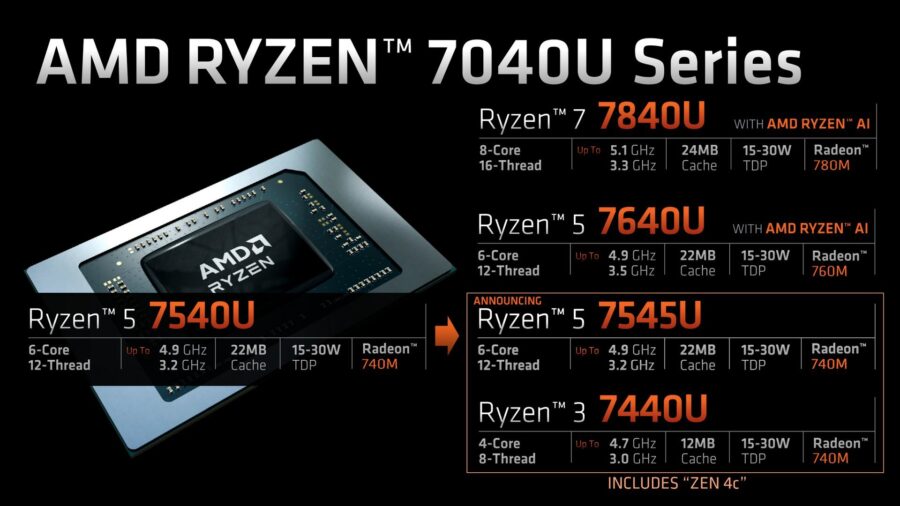
Judging by the preliminary characteristics, it is not difficult to see that Ryzen 8000G almost repeats the functional specifications of the Ryzen 7040U mobile chip series, except for power consumption. If for economical “laptop” models TDP varies in the range of 15-30 W, then for desktop processors the thermal package will be 65 W. Of course, the operating frequencies of the CPU/GPU will also be different.
This unification is not surprising in general. Manufacturers are trying to reduce the cost of product development. If this allows them to produce competitive products, then why not? Finally, AMD’s desktop lineup will include chips with fairly powerful integrated graphics based on the modern RDNA 3 architecture. The configuration with compact cores, which is interesting for cost-effective mobile systems, does not offer any special advantages in the desktop version; here it is rather an opportunity for the manufacturer to reduce the total cost of APU production. There is no information yet on whether Ryzen 8000G chips support the Ryzen AI hardware unit for processing AI algorithms. It is possible that, as with Ryzen 7040, it will be activated in older Ryzen 5/7 models.
A new line of desktop APUs may be presented by the end of this year or at the beginning of the next one. Judging by the very name of the Ryzen 8000G series, AMD itself is already positioning them as products that will be available in 2024.


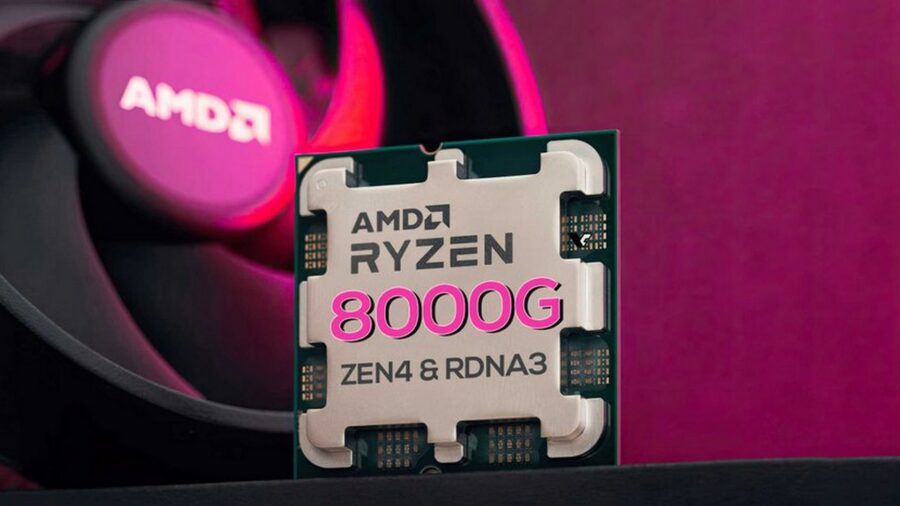
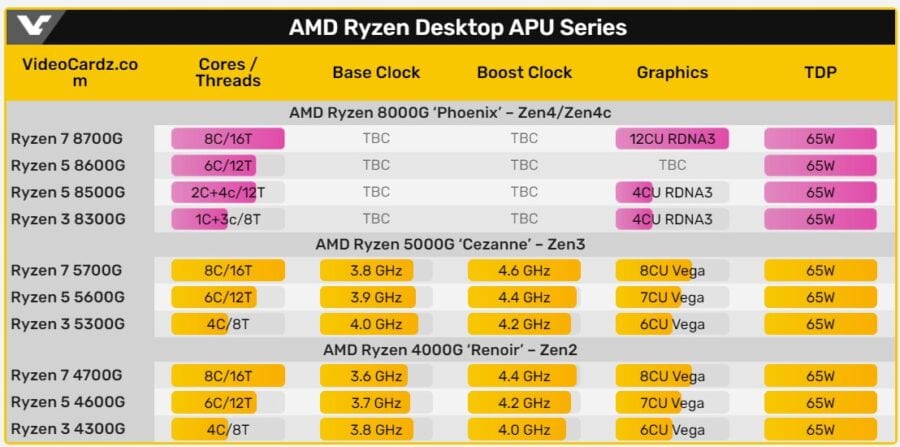
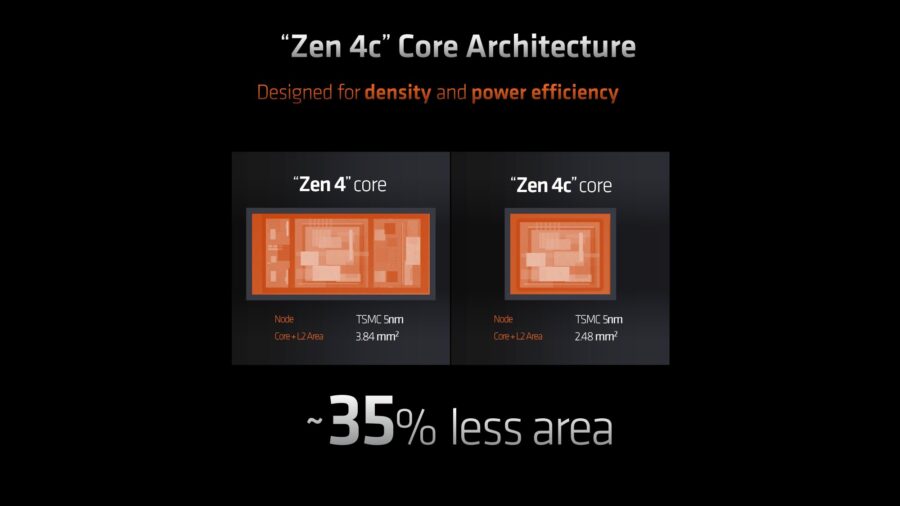

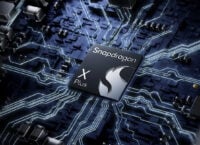
Loading comments …